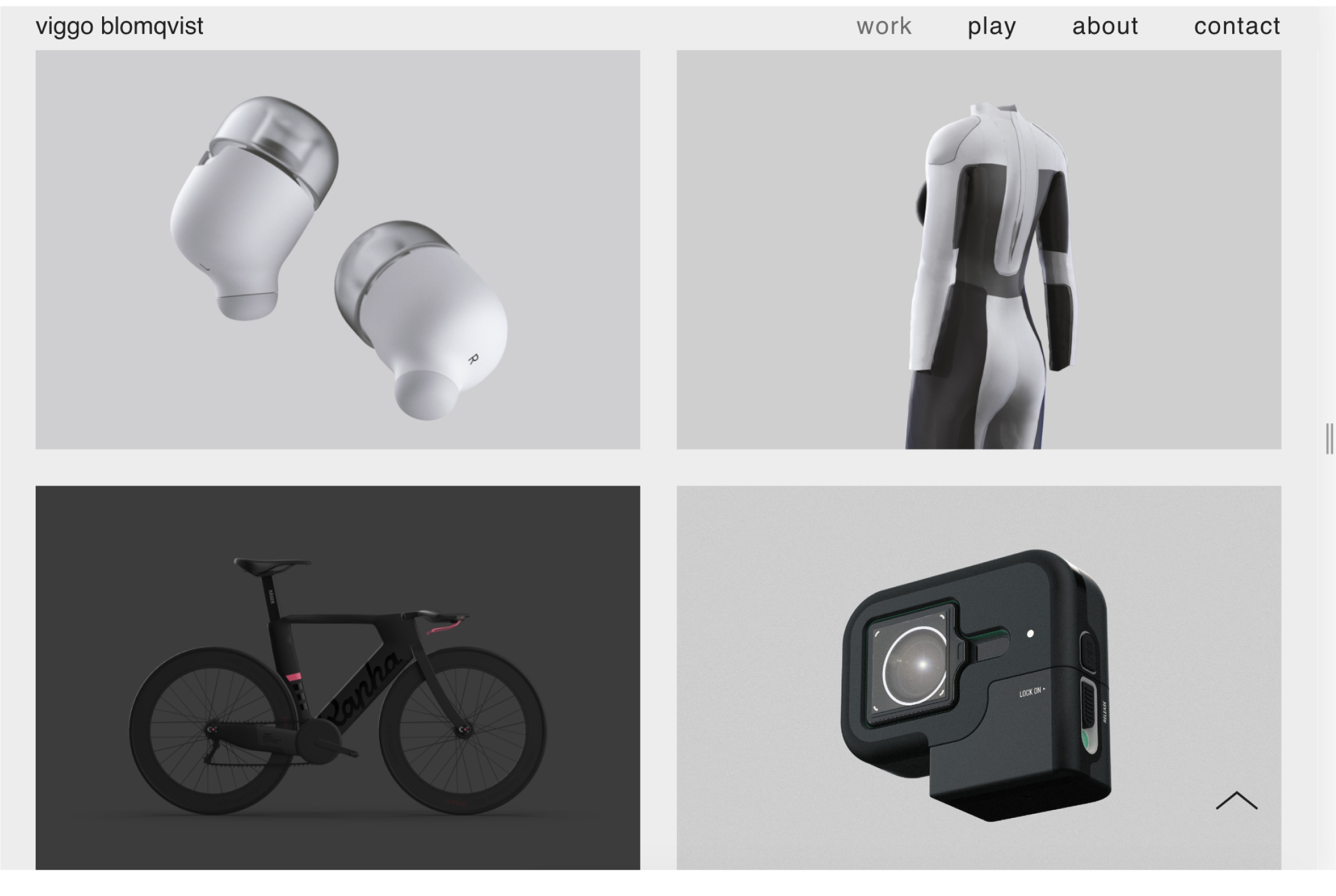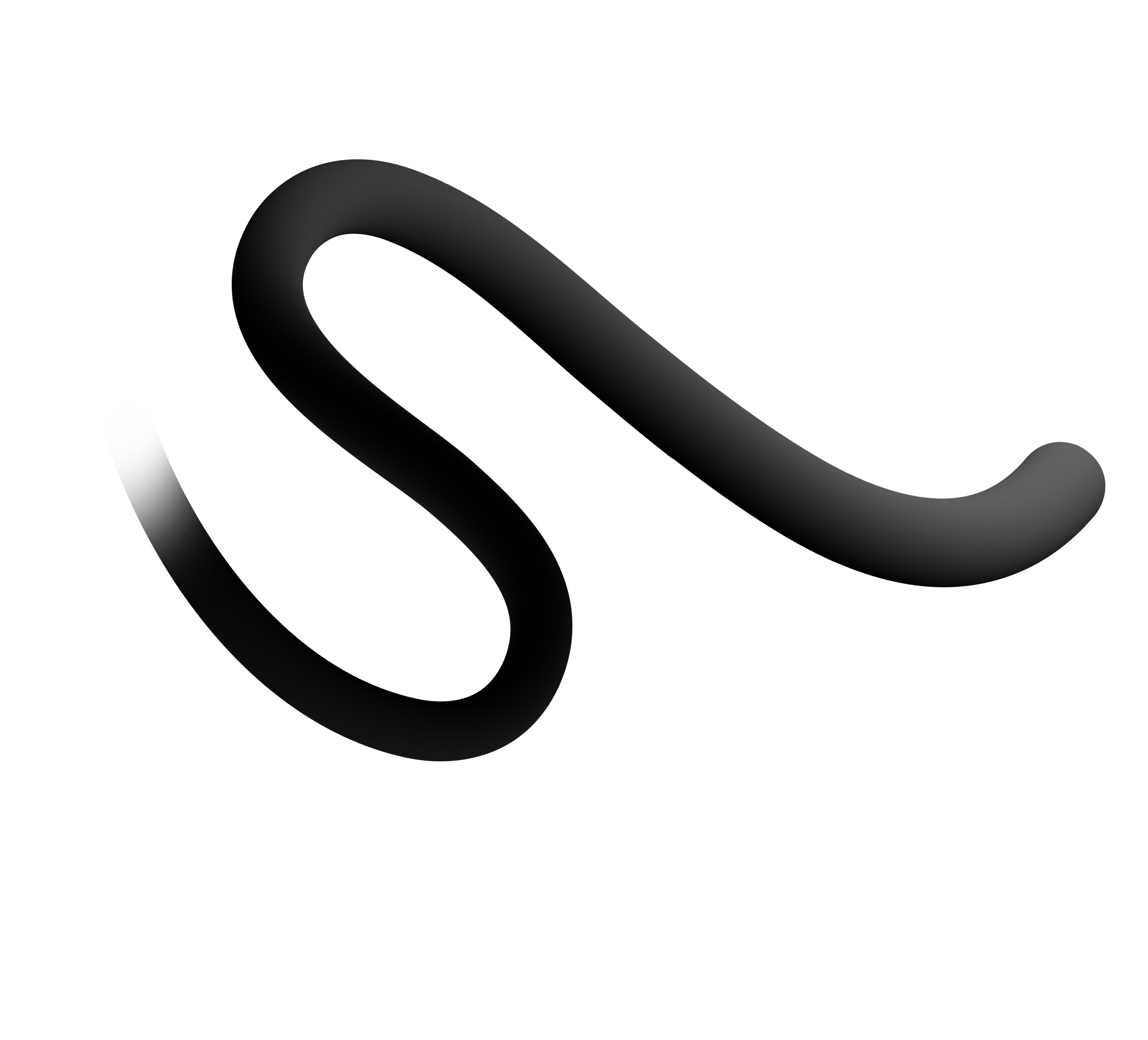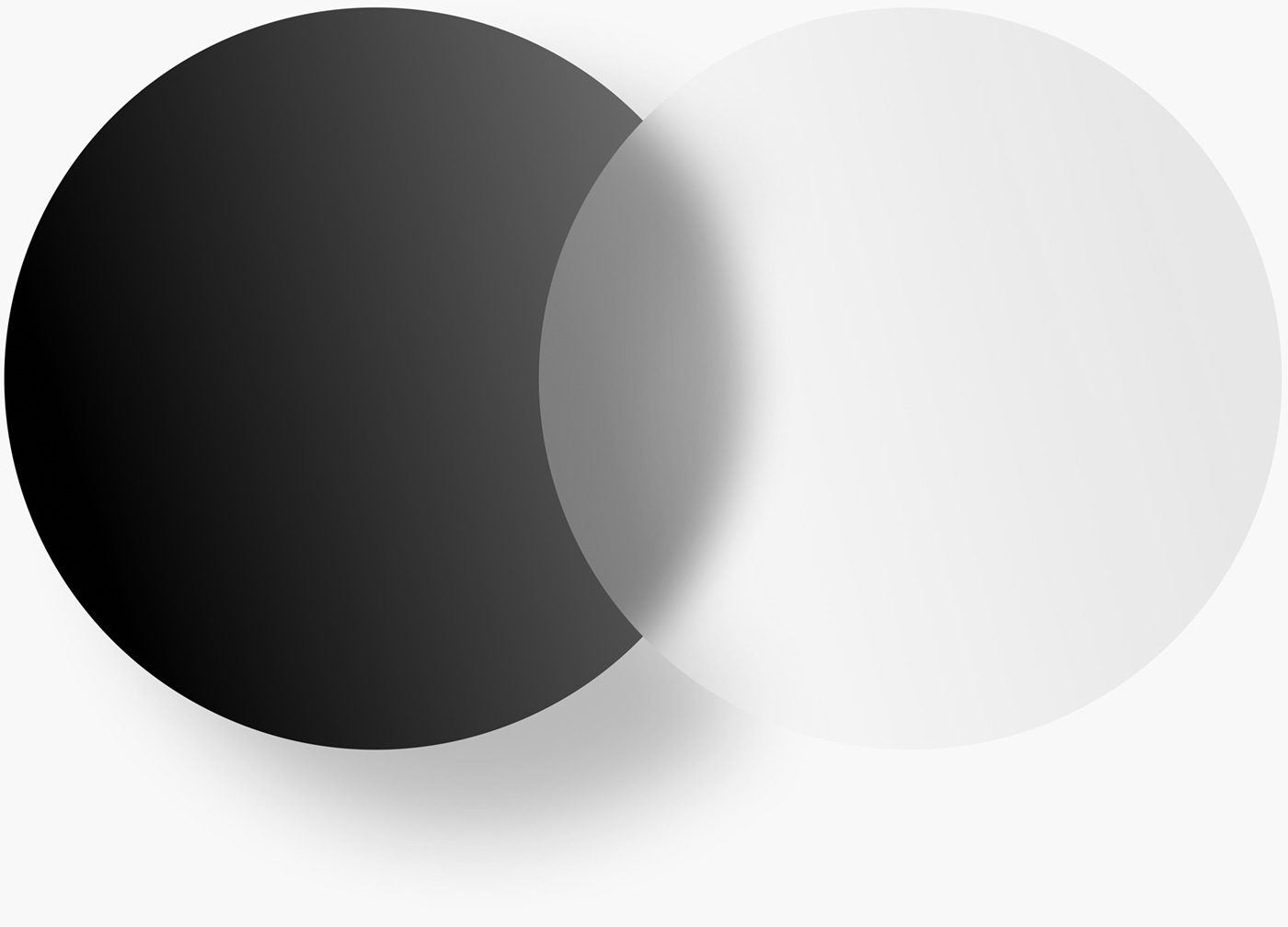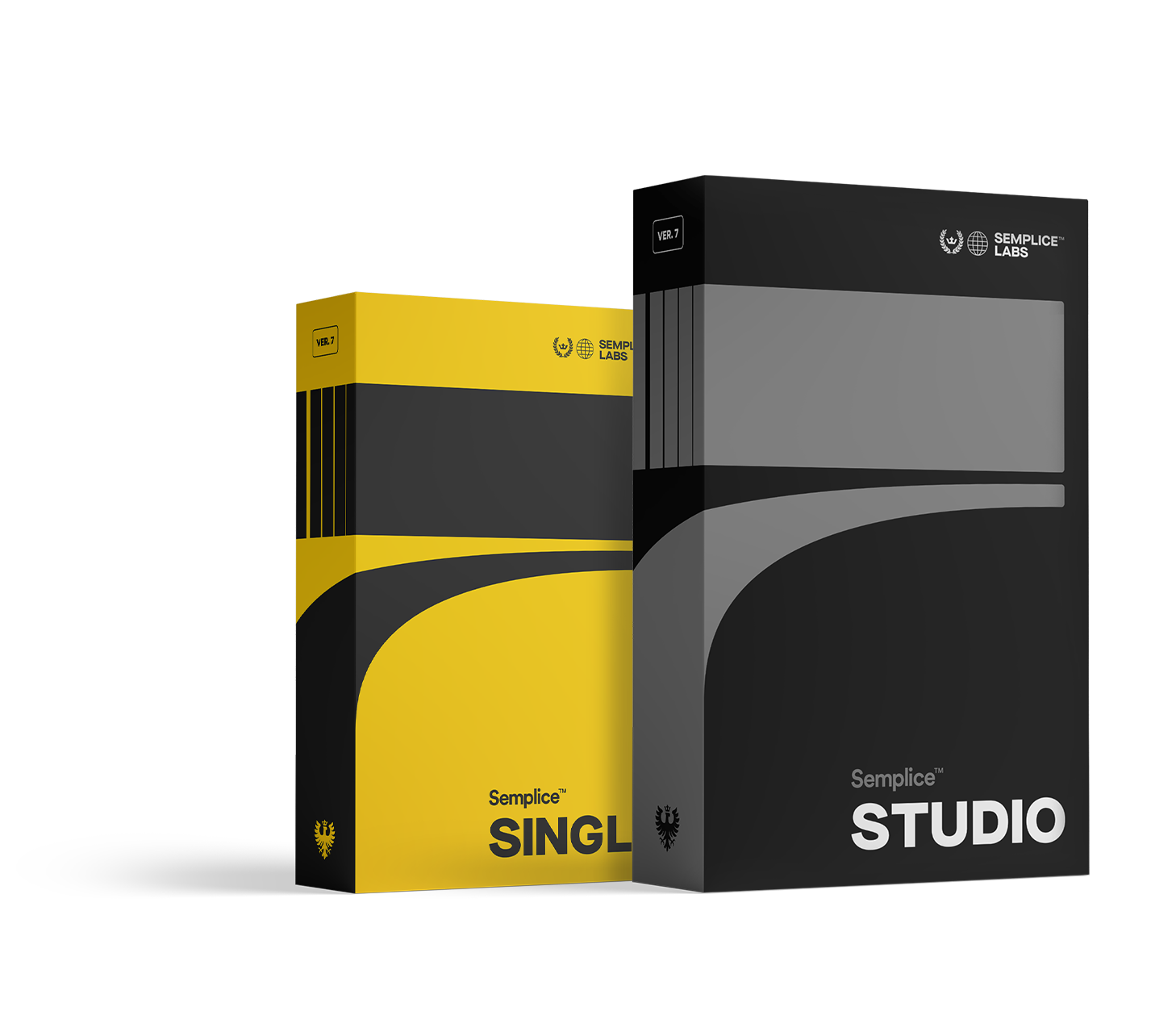How to build your first
port_folio
Building a portfolio as a student or young designer is a catch-22: A portfolio is all about showing your design experience, but to have experience you first need a job. So where do you begin?
Tell us what you want
Early on in your design career, your portfolio might be scattered as you gain experience, meaning it’s more difficult for your reader to understand your skills and interests.
Until your work speaks for you, you can’t afford to be vague or artistic with your website content. In the meantime, state your interests clearly in your introduction and About page.

Yasmin Mukino makes it clear from the start who she is (a Toronto-based interaction designer) and what she wants (to make digital products and brands).
Curate for the job you want
Your portfolio is less about what you already did. It’s about what you want to do in the future.
If you want to get a UX design job, don’t add a bunch of poster projects or package designs to your portfolio. If you want to do branding, don’t lead with UX projects.

Viggo Blomqvist carefully curates his projects, leaving no question what he does and wants to do more: product design.
Don’t worry if you only have a few projects at this point. A spare but strong portfolio is better than a portfolio filled with mediocre, disjointed work that doesn’t fit your goals.

Until you have experience, experiment
Until you have client work to share, you need to show your potential somehow. Design experiments and side projects are the perfect way to do that (if you can afford the time). These not only help you hone your skills and learn new tools, but they reveal something about your attitude and motivation.
Just be sure to give credit and ask permission where it’s due, and make it clear that these are not client projects.
Don’t include too many unsolicited redesigns in your portfolio. These only call attention to your inexperience, especially when it’s for large, already-established brands. Find a unique angle, make something of your own and prove you can think originally.



Share how you think and approach your work

When you’re new to the field, companies hire you based on your potential and hope it pays off as you grow.
Your case studies are where you show your potential. Read our case studies guide to learn how to write thoughtful case studies that show your value.
Include details, but don’t write ten paragraphs about your UX research and empathy map. Nobody’s going to read it.
Create a memorable About page

Being enjoyable to work with is just as important as actual skill. And when you haven’t honed your skills yet, it counts even more.
That makes your About page the most important page on your site. It’s not about being a “culture fit,” but rather showing that you will add something special to the team. Our About page guide will show you how.
Be eager, not
ego-driven
The good news for those entering an ever-changing industry: Nobody is a master. Rather than straining to impress with big words and fancy titles, show your enthusiasm to learn. It will go a lot further.

Don’t use a template
Nothing reveals your inexperience more than using a fill-in-the-blank template for your site. It’s so easy to create a custom website these days, a template makes it clear you didn’t try too hard and don’t care very much.
This is, naturally, where we plug our product.


Join the Semplice family & launch your portfolio
Available only with
Semplice 6 Studio edition
Available only with Semplice 6 Studio edition
Available only with
Semplice 6 Studio edition
Available only with Semplice 6 Studio edition
Semplice 7 is a new paid product, not a free update.
Already an owner of Semplice 4, 5 or 6? Please read here.
Semplice 6 is a new paid product, not a free update. Already an owner of Semplice 3, 4 or 5? Please read here.






